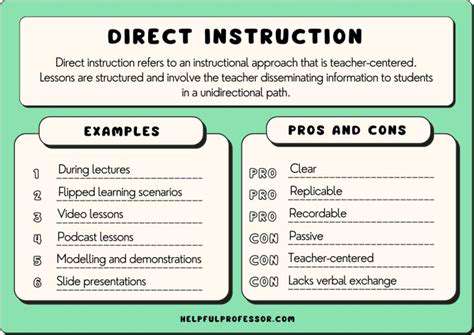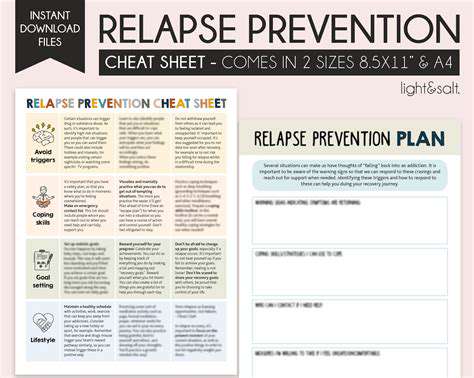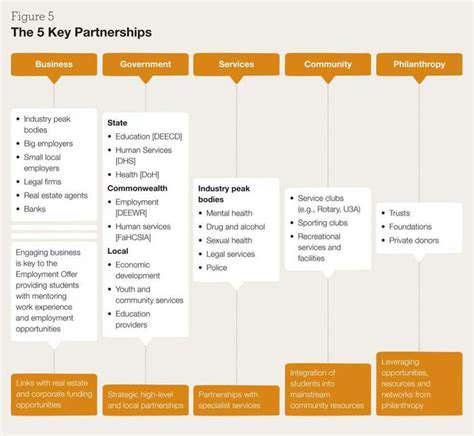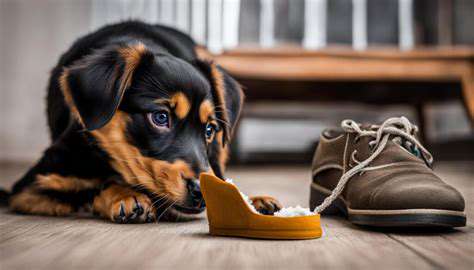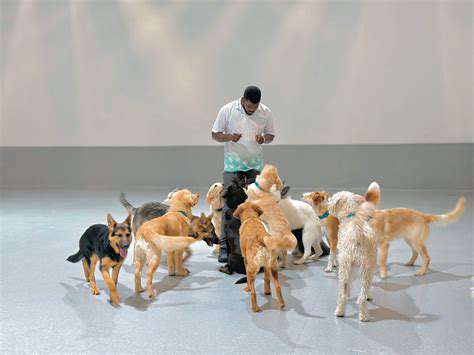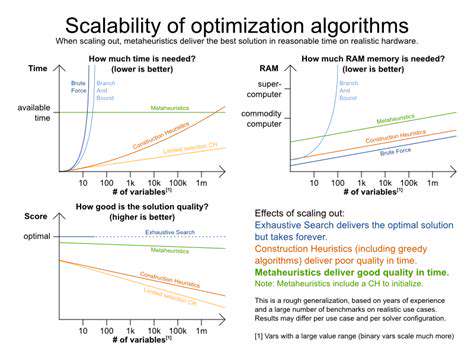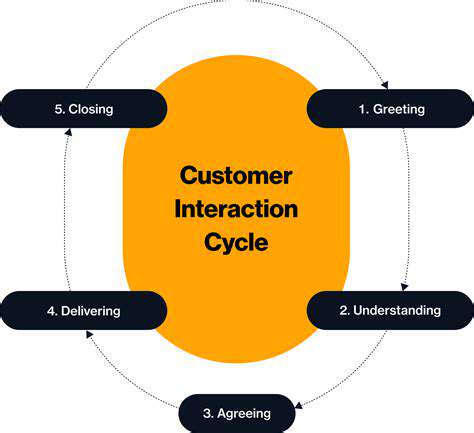Setting Realistic Expectations for Puppy Training Progress
Recognizing the Developmental Stages of Puppy Learning
Early Stages of Puppy Development (0-4 Months)
In those first precious months, puppies undergo remarkable transformations that shape their future. Their tiny bodies and brains work overtime to process new sensations - from the texture of grass under their paws to the sound of their human's voice. This window of rapid growth presents a golden opportunity to lay the groundwork for a well-adjusted adult dog. Through gentle exploration and playful interactions with siblings, they develop crucial social skills that will serve them throughout life.
House training becomes a daily adventure during this phase, with occasional accidents being completely normal. Simple commands introduced with patience and rewards yield the best results. What many owners don't realize is that each positive experience with new people, animals, and environments literally rewires their developing brains, reducing fear responses later in life. The investment made during these early weeks pays dividends for years to come.
Puppy Adolescence (4-6 Months)
Just when you think you've got puppyhood figured out, adolescence arrives like a whirlwind. Your once-eager-to-please companion might suddenly develop selective hearing. This isn't rebellion - it's nature's way of helping them develop independence. Their growing confidence leads to boundary testing, much like human teenagers pushing against rules.
The key during this transitional period lies in maintaining calm leadership. While their energy levels soar, so does their capacity for learning. This is the ideal time to introduce more complex commands and problem-solving activities. Consistency becomes even more crucial as they navigate this confusing stage of development. Remember that patience now prevents persistent behavioral issues later.
Understanding the Teen Years (6-12 Months)
Welcome to the canine equivalent of the teenage years - a fascinating blend of puppyish enthusiasm and emerging maturity. You'll notice your dog making more deliberate choices, weighing consequences before acting (most of the time). Their improved cognitive abilities allow for sophisticated training, but that adolescent impulsiveness still surfaces occasionally.
This phase offers tremendous opportunities to strengthen your bond through training. The way you handle challenges now sets the tone for your lifelong relationship. Positive reinforcement continues to work wonders, especially when paired with clear communication. Many owners find this the most rewarding stage as their puppy's unique personality fully emerges.
Reaching Maturity (12 Months and Beyond)
As your companion crosses the one-year threshold, you'll witness the beautiful culmination of all your early efforts. While some breeds take longer to fully mature, most dogs settle into predictable patterns of behavior by this stage. The foundation you've built allows for refining skills and addressing any remaining quirks.
This doesn't mean training ends - rather, it evolves into maintenance and enrichment. Adult dogs thrive on mental stimulation just as much as physical exercise. Continuing to challenge their minds prevents boredom and keeps their skills sharp. Many owners discover their dog's true potential during this stage, whether in advanced obedience, therapy work, or simply being the perfect companion.
The Importance of Consistency and Patience in Puppy Training

Consistency in Routine
Dogs are creatures of habit who find comfort in predictability. A stable routine provides emotional security that allows puppies to focus on learning rather than anxiety. Feeding, walking, and training sessions at consistent times create a framework for their day. This structure helps them understand what's expected and when.
The magic of routine lies in its cumulative effect. Small, repeated actions - like always asking for a sit before meals - compound into automatic behaviors. Owners who maintain consistency during challenging phases are rewarded with dogs who trust the process and their leadership.
Consistency in Communication
Clear, unambiguous communication forms the bedrock of effective training. Mixed signals confuse puppies and slow their progress. If down sometimes means lie down and other times means get off the couch, how can they possibly learn? Using the same commands, gestures, and rewards creates a language your dog can understand.
This principle extends beyond formal training sessions. How you react to behaviors in everyday situations teaches just as much as structured lessons. Consistency in your responses helps your puppy discern acceptable from unacceptable behavior in various contexts.
Consistency in Actions
Training isn't about perfection - it's about persistence. Showing up daily, even when progress seems slow, creates neural pathways that eventually become second nature. The puppy who struggles with stay for weeks will one day perform it flawlessly, provided you maintain consistent practice.
This consistency builds more than obedience; it fosters mutual understanding. Your dog learns to anticipate your expectations, while you learn to read their signals. This two-way communication deepens your bond in ways that last far beyond the training period.
Consistency in Personal Values
How you approach training reflects your relationship with your dog. Patience, kindness, and respect during challenging moments teach your puppy how to handle frustration. They mirror your emotional responses, learning self-control by watching yours. This emotional consistency creates a safe space for learning.
When you align your training methods with your personal ethics, you create an authentic connection. Dogs excel at detecting incongruence between words and actions. True consistency comes from harmony between what you say and how you behave.
Consistency in Quality
Great trainers understand that every interaction teaches something. Maintaining high standards in your attention and engagement during training sessions pays off in your dog's responsiveness. Half-hearted repetitions teach half-hearted responses, while focused, quality training yields enthusiastic compliance.
This doesn't mean drilling commands endlessly. Short, high-quality sessions where both of you remain engaged prove far more effective than marathon sessions where attention wanes. The consistency of quality matters more than the quantity of time spent.

Read more about Setting Realistic Expectations for Puppy Training Progress
Hot Recommendations
- The Impact of Early Socialization on a Dog's Interaction with Other Animals
- Car Travel and Puppy Socialization: Making the Journey a Positive Experience
- The Importance of Early Environmental Exposure for Puppy Development
- Taking Your Puppy to the Vet: Positive Socialization Strategies
- Making Training a Positive Experience for Your Puppy
- Public Transportation and Puppy Socialization: A Step by Step Guide
- Safe Socialization: Allowing Others to Pet Your Puppy
- Helping a Puppy Who Struggles with "Stay"
- Positive Puppy Interactions: Making Meetings with New Friends Fun
- No Treats Needed? Training Basic Commands with Verbal Praise


